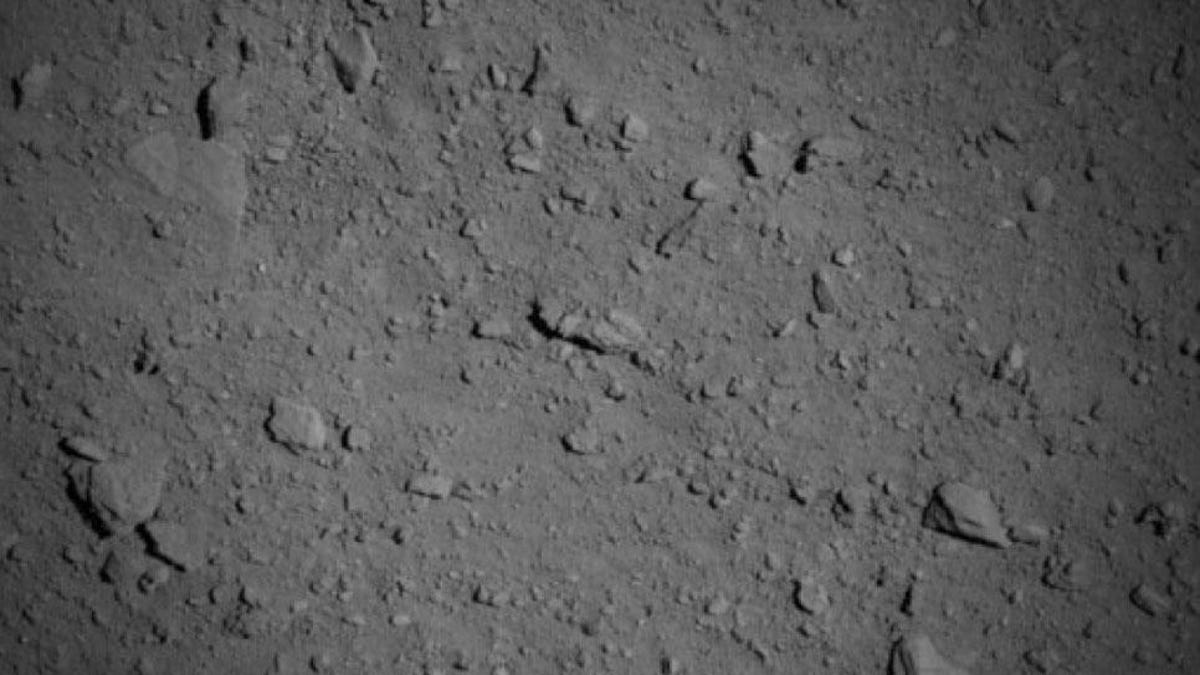Asteroid Ryugu looks bleak in this close-up from JAXA spacecraft
Japan's daring Hayabusa2 took a dive toward an asteroid and snapped its rubble-filled surface.

Hayabusa2 took this Ryugu image from a distance of about 4,100 feet (1,250 meters). The asteroid measures about 0.6 miles (1 kilometer) in diameter.
It's rocky. It's gray. It doesn't look very welcoming. Japan's JAXA space agency shared two new close-up looks at the asteroid Ryugu on Tuesday.
If you took the photos out of context, you might think someone snapped pictures of a dirt pile or a desert at night. But these images represent a notable scientific achievement. JAXA's Hayabusa2 spacecraft closed in within about 2,800 feet (850 meters) of the surface of an asteroid and took pictures. That's impressive.
Hayabusa2 snapped this image from a distance of just 3,280 feet (1,000 meters).
Hayabusa 2 snuggled up to Ryugu while measuring the asteroid's gravity. It took the opportunity to turn its telephoto camera to the surface.
The spacecraft launched in 2014 and arrived at its target in June. Hayabusa2 is doing more than just looking at the asteroid. JAXA will also attempt to land small rovers on the surface and gather a sample of the space rock to bring back to Earth.
The rocky images bear a resemblance to images we've seen of other space objects, including the comet studied by ESA's Rosetta mission, which ended in 2016.
While the asteroid close-ups make it hard to envision the scale, you would need much more than a dust buster to clean up the surface of Ryugu. Those rocks you see are actually the size of boulders.
If all goes as planned, Hayabusa2 is scheduled to return to Earth in 2020 with its asteroid samples on board.

